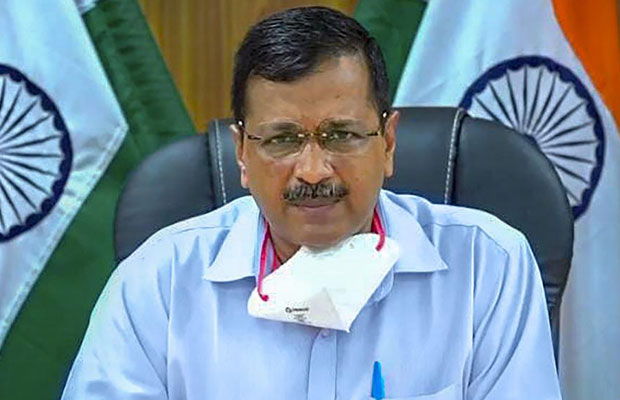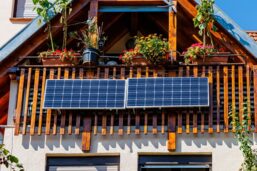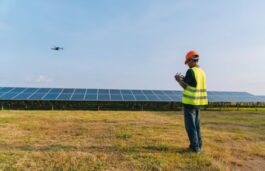
Even as an unprecedented heatwave across most of India, especially North India sends temperatures soaring, Delhi, one of the most polluted cities in the world, has barely achieved its clean energy goals and increased its dependence on non-renewable sources of energy. This, despite some of the most ambitious plans to green up.
The capital has reported new records for this time of the year in terms of energy demand, and experts predict that 8000 MW of demand will definitely be breached by the time June comes around. A majority of this demand will have to be met from plants located outside its vicinity by Delhi, and as it turns out, most will be coal based thermal plants. It is ironic that some of these plants meeting Delhi’s demands have still not met pollution control norms, even as Delhi shut down two thermal plants in the city, one in Rajghat and another in Badarpur in 2015 and 1018 respectively for causing particulate pollution.
Thus, effectively, Delhi continues to export its needs to other states. As well as its pollution.
In all this, a glaring issue is the poor performance of the state on its Solar plans. As of December 2021, the installed capacity through rooftop solar plants was 221.5 MW against the target of 1000 MW by 2020 and 2762 MW by 2022. Even as it is understood that the state has little scope for large utility scale plants due to lack of land availability.
While Discoms blame Covid-19 for the slowdown in installations, the truth is that no concerted effort has been made to drive adoption. Despite high awareness and interest.
Experts we have spoken to have regularly pointed to the lengthy installation and commissioning process for solar rooftops. We have tracked actual cases from application to installation, and the time taken has never been under 6 months, even when going through empaneled vendors.
Discoms have blamed lack of manpower for inspection, to shortage of bi-directional meters, to everything under the sun to cause delays. With a subsidy for the first 300 units (200 units being free), that has also meant that only the larger house owners would consider rooftop solar. The fact that large commercial and industrial users, driven as much by cost savings and ROI as concern for green energy have been the biggest backers of solar indicates just how poorly residential and smaller level solar has been handled.
The state government’s solar policies have been high on optics, and low on execution on the ground. A much touted policy for agricultural farmland and solar has been a non-starter for instance, two years after it was announced.
Incentives ranging from reduced bills and refunds for surplus electricity generated, to discounts up to 20% for installing solar panels on rooftops of residences and commercial spaces have also left most users unmoved. Discoms claim that Delhi offers an average power procurement cost for surplus energy at ₹5 per unit, higher than most states.
In the latest budget, the Delhi government has set a goal of creating 2,500MW of solar capacity in the next five years. Unfortunately, targets set in the 2018 budget are still to be fulfilled.
“This is expected to contribute to 10% of Delhi’s annual energy demand,” Sisodia said during his Budget speech last month, adding that 40,000 new jobs are also expected to be created through the solar policy for construction workers, electricians, technicians, and engineers.
A government official said the new solar policy aims to add more solar panels over Delhi roofs while creating more jobs. “Lessons from the last few years will be incorporated in the new solar policy. Delhi has been giving a strong push towards electric vehicles and renewable energy over the last couple of years,” said a government official, asking not to be named.
It is time the state government brought to solar the same degree of urgency as it bought to healthcare and education, two areas where it focused hard, and its work has drawn appreciation.
As one of the richer states, and most helpless when it comes to its power and water needs, the government really needs to enforce strict compliance norms for shifting to solar, as well as penalise discoms for delays beyond 90 days in approvals. The state can also step up to offer long term contracts for developers at rates more attractive than many other states to accelerate sourcing and faster renewable development, as it has the wherewithal to pay up. Plus, it already has a relatively high average power purchase cost of Rs 5.50/unit on average
Otherwise, the power security of the country’s capital will remain a political football to be kicked around, even as better options are ignored and pollution continues to spike, in Delhi or some other forgotten place, tasked with generating energy for the national capital to stay comfortable.





























